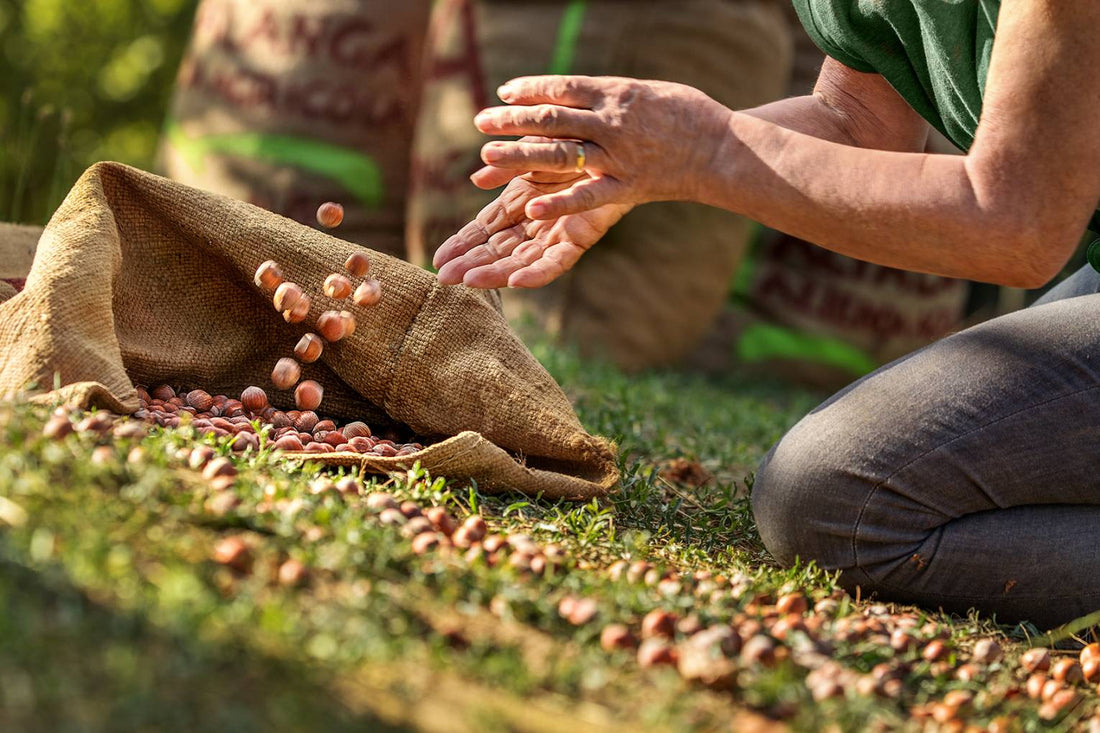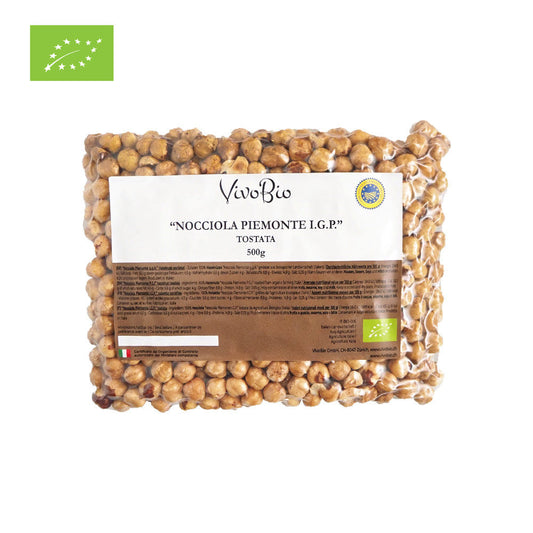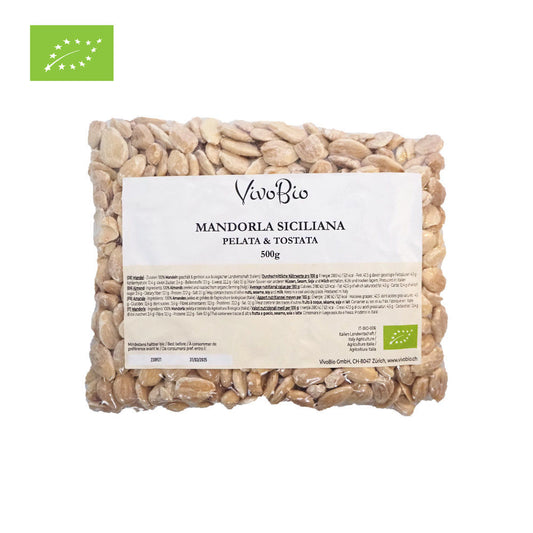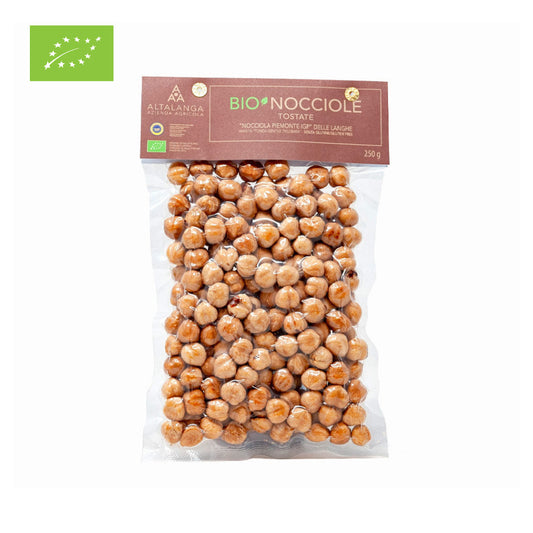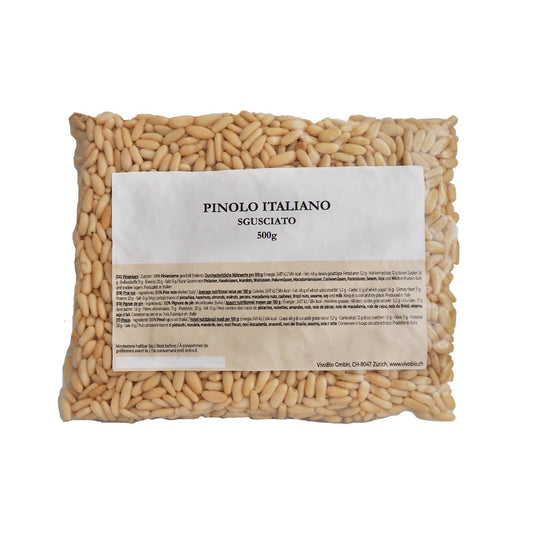Piedmont hazelnuts are known for their exceptional quality and taste, making them a popular ingredient in many culinary dishes. But did you know that these delicious nuts have a rich history and a unique production process? In this blog we will explore everything you need to know about Piedmont hazelnuts, from how they are cultivated to their multiple culinary uses.
Cultivation and production of Piedmont hazelnuts
The hazelnuts are grown in the Piedmont region of Italy, where the climate and soil conditions are ideal for cultivation. Usually planted in orchards, hazelnut trees require careful attention and care throughout the year. The nuts are harvested in the fall when they are fully ripe and at their peak of flavor. After harvesting, the nuts are carefully sorted and processed to ensure their quality and freshness. Piedmont hazelnuts are characterized by their unique flavor profile, which is the result of the region's specific growing conditions and production methods.
One of the factors that contribute to the exceptional quality of hazelnuts is the region's favorable climate. The Piedmont region is characterized by mild winters, hot summers and a balanced amount of rainfall, which provides ideal conditions for hazelnut cultivation. The hazelnut trees thrive in this climate and can develop their full flavor potential.
Growing IGP hazelnuts requires meticulous care and attention on the part of farmers. The trees are usually planted in well-drained soil, as excess moisture can affect both the growth of the trees and the quality of the nuts. To ensure proper pollination, different varieties of hazelnut trees are often planted together in orchards.
Throughout the year, farmers must monitor the health of the trees, protect them from pests and diseases, and provide the nutrients they need. Pruning is an essential practice in hazelnut growing as it helps maintain the trees shape and promote optimal fruiting. In addition, hazelnut trees benefit from regular watering during dry periods to ensure their continued growth and development.
The harvest time for Piedmont hazelnuts typically takes place in September. At this point, the nuts are fully ripe and at their peak of flavor. Harvesting hazelnuts is a labor-intensive process that involves shaking the trees or using mechanical equipment to loosen the nuts from the branches. The nuts are then collected from the ground and collected carefully to avoid damage.
After the harvest, the Piedmont hazelnuts go through a careful sorting process. This ensures that only the highest quality nuts reach the market. The nuts are checked for size, color and general appearance. Defective or damaged nuts are sorted out to maintain the superior quality associated with Piedmont hazelnuts "Nocciola Piemonte IGP".
After sorting, the hazelnuts are processed to remove their outer shell. This is usually done with specialized equipment that cracks the shells and separates them from the kernels. The pits, which is the edible part of the nut, are then carefully inspected and sorted again to remove any remaining shell fragments or impurities.
Hazelnuts grown in Piedmont have a distinct sweetness and a rich, buttery flavor. This flavor is enhanced by the region's chalky soil, which provides essential nutrients to the trees and influences the composition of the nuts.
Culinary uses of Piedmont hazelnuts
Piedmont hazelnuts are highly valued by chefs and culinary enthusiasts worldwide for their exceptional taste and texture. These versatile nuts can be used in a variety of dishes, both sweet and savory, giving them a delicious crunch and nutty flavor.
When it comes to desserts, Piedmont hazelnuts are an important ingredient in many traditional Italian sweets. They're often ground into a fine powder to make a delicious hazelnut paste that serves as the base for decadent treats like gianduja and Nutella. The hazelnuts can also be chopped or crushed and used as a topping for cakes, tarts and pastries, or incorporated into creamy gelato and ice cream.
Aside from desserts, Piedmont hazelnuts also add depth and complexity to savory dishes. They can be roasted and sprinkled over salads, roasted vegetables or bowls for an extra flavor experience. Finely chopped hazelnuts can be incorporated into fillings or used as a crust for fish or poultry, creating a delightful contrast between the crunchy outer layer and the tender flesh.
Another popular application of "Nocciola Piemonte IGP" is found in the world of chocolate. The rich, creamy flavor of these nuts pairs perfectly with dark or milk chocolate, creating a harmonious blend of flavors. Hazelnut pralines, chocolate truffles and chocolate bars studded with hazelnuts are just a few examples of the delicious creations using these hazelnuts.
In addition to their culinary uses, Piedmont hazelnuts also offer several health benefits. They are a good source of healthy fats, fiber, and various vitamins and minerals. Hazelnuts are known for their high levels of monounsaturated fat, which can contribute to heart health. They also contain antioxidants like vitamin E, which protect the body from oxidative stress.
In summary, Piedmont hazelnuts are a real culinary treasure with a rich history and a unique production process. From their careful cultivation in the Piedmont region of Italy to their versatile uses in various dishes, these nuts offer a delicious combination of taste, texture and nutritional value. Whether you enjoy them in traditional Italian desserts or incorporate them into your own culinary creations, these hazelnuts will take your gastronomic experience to new heights.

